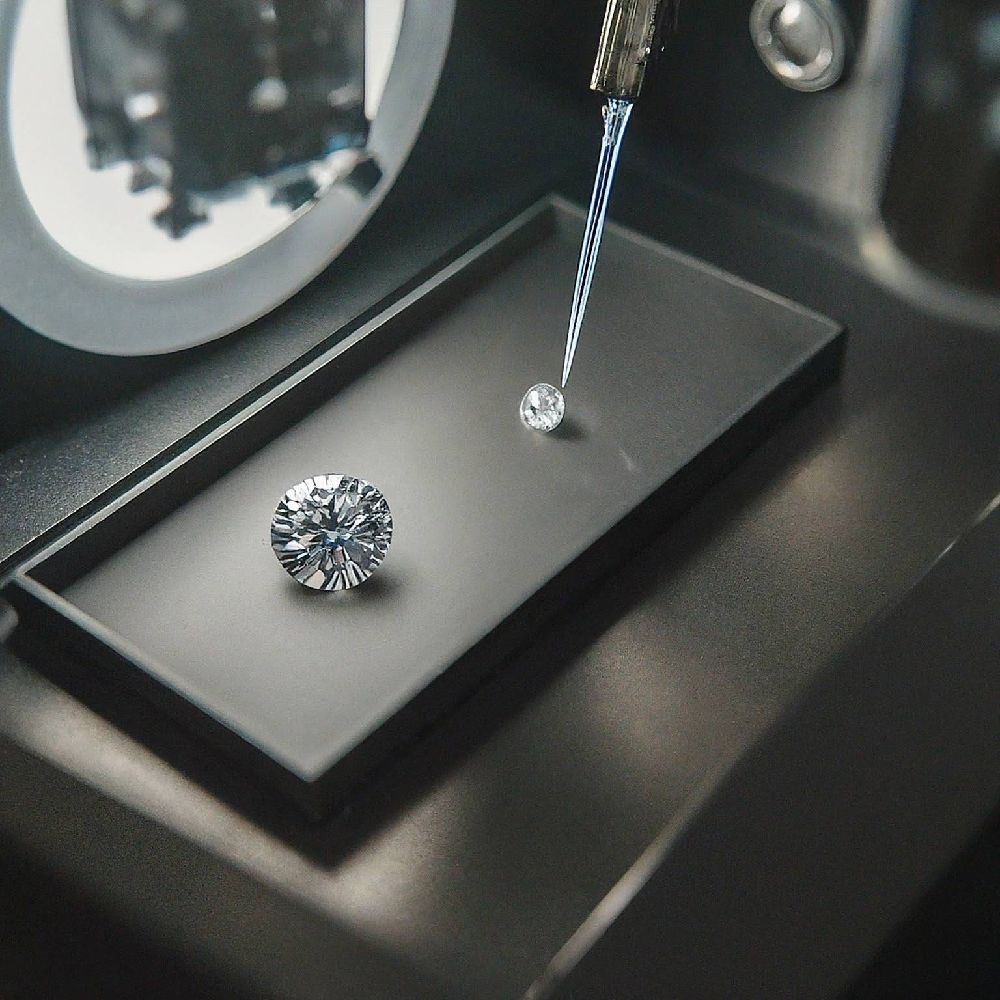When comparing lab-grown diamonds to natural diamonds, there are several factors to consider. Here’s a detailed breakdown of the differences that can apply to various classes of families or individuals, based on their values, financial situations, and ethical considerations.

1. Origin
-
Natural Diamonds
- Formed over millions of years under high-pressure conditions in the Earth’s mantle.
- Mined from the ground, which can have environmental impacts.
-
Lab-Grown Diamonds
- Created in a controlled laboratory environment using advanced technology (e.g., High Pressure High Temperature (HPHT) or Chemical Vapor Deposition (CVD).
- Environmentally friendly with less ecological impact.
2. Cost
-
Natural Diamonds
- Generally more expensive due to the mining process and rarity.
- Can range from a few hundred to hundreds of thousands of dollars depending on size and quality.
-
Lab-Grown Diamonds
- Typically 20-40% cheaper than natural diamonds.
- Prices can vary, but they offer more value for money.
3. Quality
-
Natural Diamonds
- Varied quality depending on the 4Cs (Cut, Color, Clarity, Carat weight).
- Natural inclusions (flaws) can sometimes enhance uniqueness.
-
Lab-Grown Diamonds
- Often of high quality with fewer inclusions.
- Can be engineered to meet specific criteria, often resulting in superior clarity.
4. Value Retention
-
Natural Diamonds
- Historically retain value well and can appreciate over time.
- Considered a traditional investment.
-
Lab-Grown Diamonds
- Depreciate faster and may not hold value over time as well as natural diamonds.
- Perceived as less of an investment by some.
5. Ethical Considerations
-
Natural Diamonds
- Concerns about "blood diamonds" or conflict diamonds that fund violence and exploitation.
- Various certifications (e.g., Kimberley Process) aim to ensure ethical sourcing.
-
Lab-Grown Diamonds
- Considered more ethical as they do not involve mining or associated human rights abuses.
- A clear choice for families prioritizing ethical consumption.
6. Consumer Perception
-
Natural Diamonds
- Often viewed as more prestigious and traditional.
- Emotional and sentimental value tied to their rarity and history.
-
Lab-Grown Diamonds
- Gaining acceptance, especially among younger generations.
- Seen as a modern choice, symbolizing a shift towards sustainability.
Conclusion
In summary, whether lab-grown diamonds are as good as natural diamonds depends on the priorities of the individual or family. Here’s a quick recap:
- Cost-effective: Lab-grown diamonds are cheaper.
- Ethical: Lab-grown diamonds are more ethical.
- Quality: Lab-grown diamonds often have fewer inclusions.
- Investment: Natural diamonds typically retain value better.
- Sentiment: Natural diamonds carry a traditional emotional weight.

Ultimately, the choice between lab-grown and natural diamonds should reflect personal values, financial considerations, and emotional significance, & to sum up, the choice between lab-grown and natural diamonds ultimately hinges on individual priorities and circumstances.
- For families prioritizing cost, lab-grown diamonds provide an affordable and ethical alternative without sacrificing appearance or quality.
- For those valuing tradition and investment potential, natural diamonds may be preferable due to their historical significance and value retention.
Both options have their merits, and understanding these nuances can help families make informed decisions that align with their values, financial objectives, and personal preferences.



